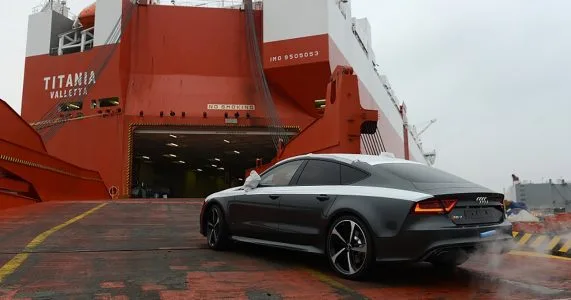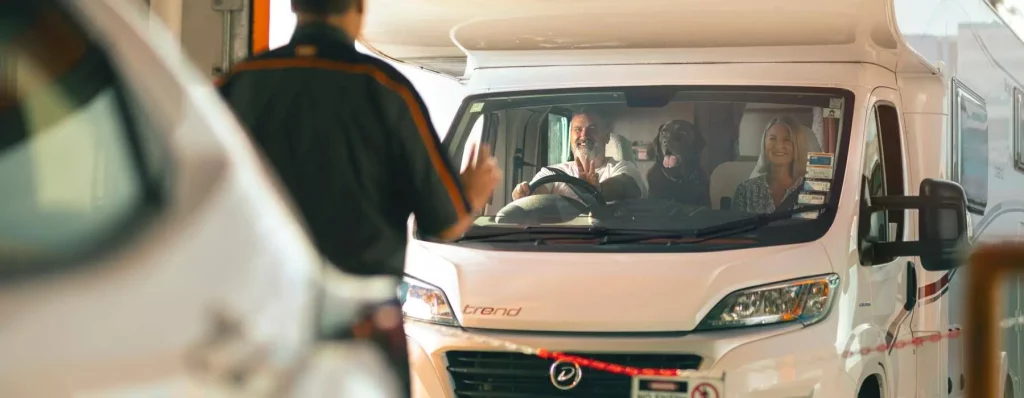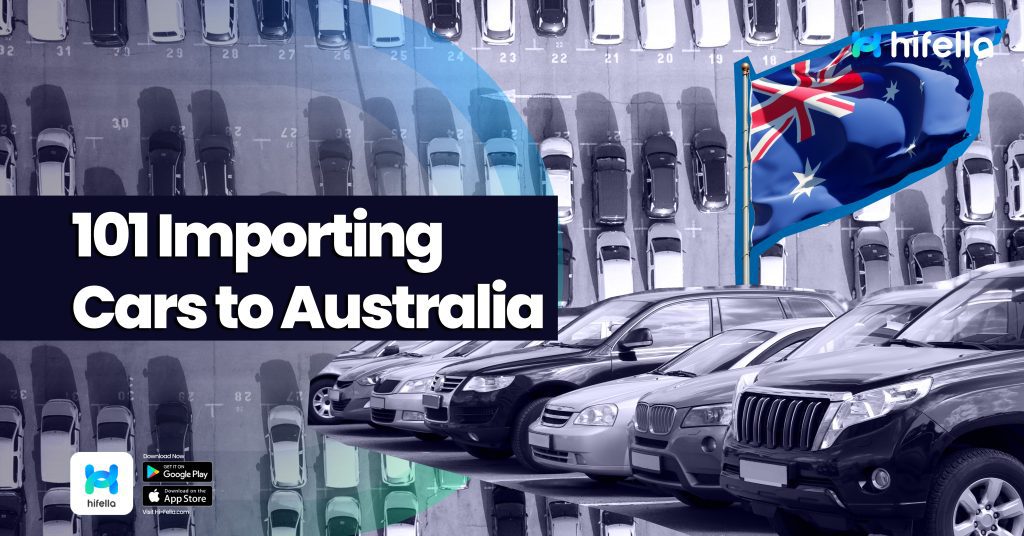Table of Contents
Importing a car to Australia can be an exciting venture, especially for car enthusiasts, car importers, individuals relocating to the country, or anyone interested in the process of bringing a vehicle from overseas to Australia.
This article aims to explain the process, outlining legal requirements, customs procedures, vehicle compliance, associated costs and shipping options to help you ensure a smooth importation process.
Whether you’re a classic car collector, someone who has recently moved to Australia and wants to bring your vehicle, or looking to import a unique car that isn’t available on the Australian market, understanding the regulations and being well-prepared will make the process easier.
1. Legal Requirements and Regulations for Importing Cars to Australia

Source: Enthusiast Motor Insurance
Understanding Australian Import Laws
Before you consider importing a car to Australia, it’s crucial to understand the country’s specific import laws. Australia has strict regulations to protect its environment, ensure road safety, and support local industries.
You’ll need to determine if your vehicle is eligible for import and what type of import approval you require.
Types of Import Approvals
There are various import approvals, including personal imports for individuals moving to Australia, concessions for vehicles over 25 years old, and approvals for new or near-new vehicles.
Each category has its criteria and requirements, which must be thoroughly understood to avoid legal issues.
To import a vehicle into Australia, the process involves registering on the ROVER platform, completing an online application and paying a fee.
Upon submission, the Department of Infrastructure, Transport, Regional Development, Communications and the Arts will review the application.
Approved applicants will receive an email with their import approval, which may include conditions of use for the vehicle.
This streamlined process ensures all imported vehicles meet Australian safety and environmental standards.
2. Customs Procedures and Documentation
Passing through Customs for Importing Cars to Australia
After arriving in Australia, your vehicle will need to pass through customs. This process involves submitting the necessary documentation, such as proof of ownership, import approval, and other relevant certificates. It’s important to have all your documents to avoid delays or additional costs.
Import Declaration and Taxes for Importing Cars to Australia
An Import Declaration must be filed, and applicable taxes and duties must be paid. The costs can vary greatly, depending on the value, type, and age of the vehicle. Understanding these costs in advance can help in budgeting the overall cost of importing your car.
For Customs clearance, submit an import declaration, pay import duty, GST, and Luxury Car Tax if applicable, and ensure there is no occupied asbestos, which is overseen by the Department of Home Affairs.
3. Vehicle Compliance and Safety Standards

Source: VTNZ
Meeting Australian Standards for Importing Cars to Australia
All vehicles imported into Australia must meet the Australian Design Regulations (ADR) for safety and environmental standards. Your car may require modifications to meet these standards, which should be considered when calculating the total cost of importation.
Inspection and Registration
Before your car can be driven on Australian roads, it must pass an inspection to verify compliance with the ADRs. Once qualified, you can proceed with registration in your state or territory, which will include providing proof of compliance and insurance cover.
4. Taxes, Duties, and Import Costs
Calculating Your Costs
Importing a car involves several costs beyond the purchase price, including import duties, Goods and Services Tax (GST), luxury car tax (if applicable), and compliance and modification fees. By knowing these costs, you can estimate the total investment required to import your vehicle.
5. Shipping and Transportation Options

Source: Transportify
Choosing the Right Shipping Method
According to Transportify, there are two main shipping options: Roll-on/Roll-off (RoRo) and container shipping.
RoRo is generally cheaper and suitable for driveable vehicles, while container shipping offers better protection for high-value or non-operational cars. Please review your needs and budget to choose the best option for your situation.
Ready to import your dream car to Australia? Visit Hi-Fella for your personalized assistance to make your car importation process seamless.
Start your journey today and bring your dream car to Australian roads with more confidence!








